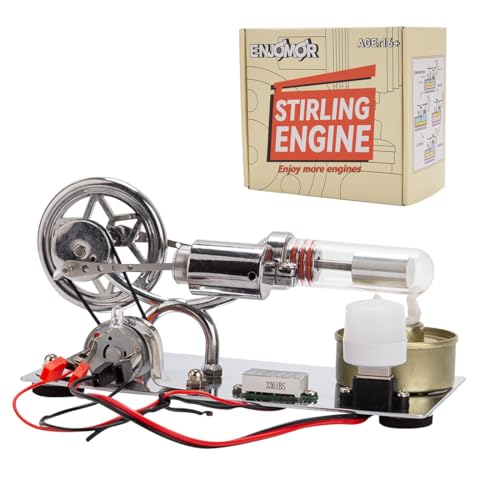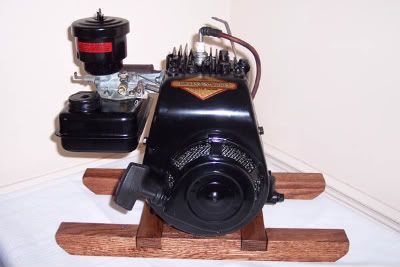My display platforms were based on what I expected the auction prices to bring.
The Briggs 5S was much more common than your 6S so it got a simple oak skid.
Then I got my hands on a 1940 Briggs WMB Washing Machine Engine.
It was a little rough when I got it.
I knew it would go for a good bit more than the 5S when fully restored, so I
put a little more effort into it's display stand. Brass plaque and all! :

The oak to build the base cost more than all of the parts required for
the restoration, but I got that money back and more.
The engines don't really need a load to run well. They will purr along
nicely without having to work. I figure they've earned an easy living for
surviving this long.
There I go hijacking your thread again.
I AM loving seeing an old Briggs engine being modeled.
Amazing work! :bow:
Rick



























































![DreamPlan Home Design and Landscaping Software Free for Windows [PC Download]](https://m.media-amazon.com/images/I/51kvZH2dVLL._SL500_.jpg)





















